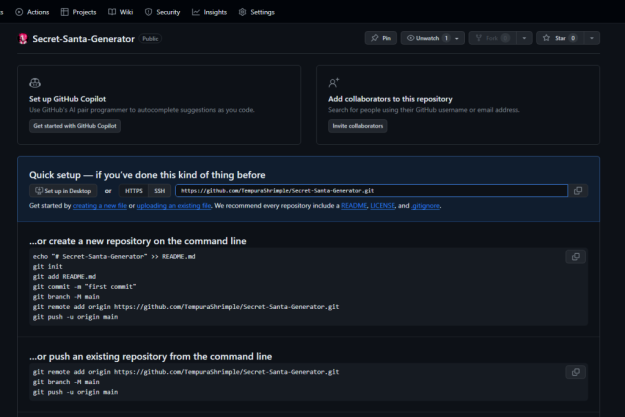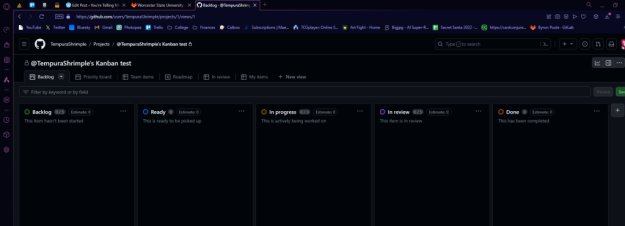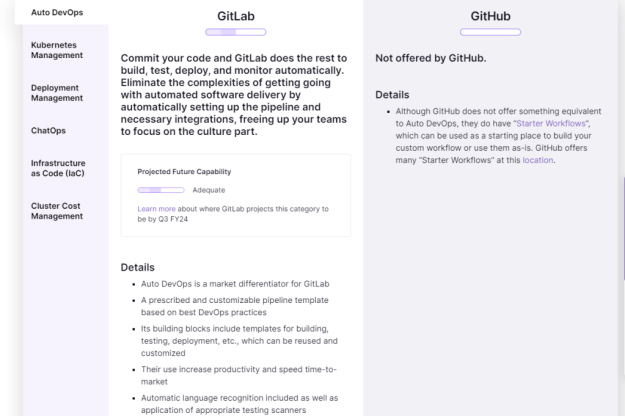In my recent exploration of Object-Oriented Programming (OOP), I came across an insightful blog post titled “Unraveling the Mysteries of Object-Oriented Programming: A Deep Dive into its Core Concepts.” This blog, written with clarity and depth, provided an in-depth look into the foundational elements of OOP – Abstraction, Encapsulation, Polymorphism, and Inheritance.
The original blog post broke down the complex principles of OOP into digestible segments, explaining each concept’s significance and application in software development. It began with Abstraction, describing it as a method for simplifying complex systems into essential characteristics. Encapsulation was then introduced as a means to protect data integrity by bundling data and methods within a class. Polymorphism was highlighted for its flexibility in allowing different classes to be treated under a common interface. Finally, Inheritance was discussed as a tool for building new classes from existing ones, promoting code reuse and efficiency.
Reflection on the Blog’s Content:
I found the original blog post remarkably enlightening. The way it articulated each concept with relevant examples made OOP’s sometimes abstract principles more tangible and relatable. Particularly, the explanation of Polymorphism and how it enhances flexibility in programming was an ‘aha’ moment for me. The post’s structured approach in dissecting each principle separately yet showing their interconnectedness provided a holistic understanding of OOP.
Application in Future Practices:
The insights gained from the blog will significantly impact my approach to software development. The understanding of Encapsulation will guide me in writing more secure and robust code, emphasizing the importance of data protection. Additionally, the concepts of Inheritance and Polymorphism will be instrumental in designing more versatile and maintainable code structures, enabling me to tackle complex programming challenges more effectively.
The blog’s detailed exploration of Abstraction has particularly equipped me with a strategic approach to problem-solving. By focusing on the essential elements of a problem, I can better manage complexity and enhance the clarity of my code.
Conclusion:
This reflection on the foundational concepts of OOP, as explained in the initial blog post, has been both educational and transformative. It has deepened my understanding of OOP’s core principles and their practical applications in real-world programming scenarios. As I continue my journey in software development, the insights from this blog will undoubtedly serve as a valuable guide in crafting efficient, robust, and maintainable software solutions.
Resource Reference:
“Unraveling the Mysteries of Object-Oriented Programming: A Deep Dive into its Core Concepts.” Blog post,. https://codedamn.com/news/javascript/oop-best-practices .
From the blog CS@Worcester – Kadriu's Blog by Arber Kadriu and used with permission of the author. All other rights reserved by the author.





